DIY Cards

Clam
Cretaceous

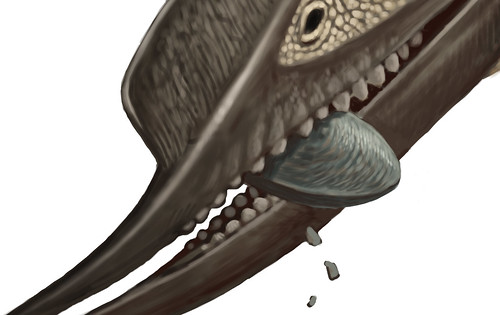
The organs of clams are surrounded by watery blood that contains nutrients and oxygen. Point Value: 1 Ptero Tidbit: Pterosaur began life on the ground, hatching from eggs.

Clam
Cretaceous


The organs of clams are surrounded by watery blood that contains nutrients and oxygen. Point Value: 1 Ptero Tidbit: Pterosaur began life on the ground, hatching from eggs.

Beurlenia
Cretaceous

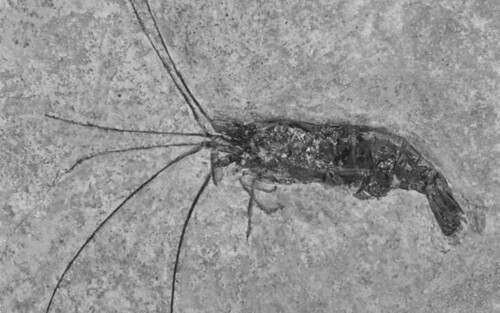
This extinct shrimp is named after the German paleontologist Karl Beurlen (1901-1985), who studied fossils in Brazil. Point Value: 1 Ptero Tidbit: The earliest pterosaurs were relatively small and robust, with long tails, short necks and jaws lined with teeth.

Paleomattea
Cretaceous

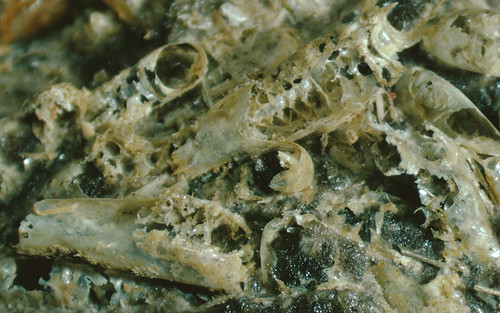
The name of this shellfish means “ancient delicacy” and is derived from the Latin word deliciosa which means delicious. Point Value: 1 Ptero Tidbit: A wide variety of pterosaurs evolved during the Cretaceous, including the largest pterosaurs known.

Home Card
American Museum of Natural History's Pterosaurs: The Phylo Card Game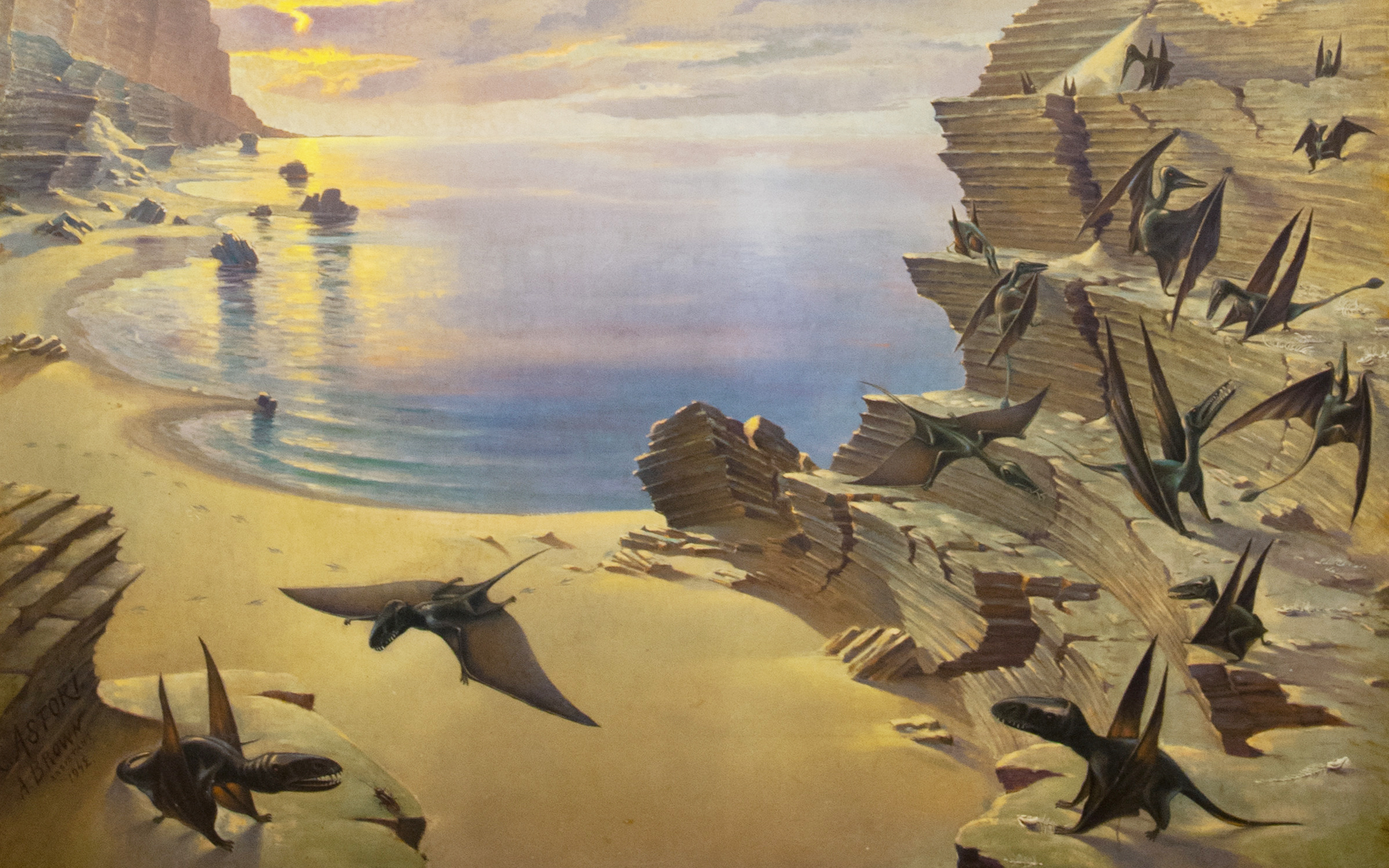
This HOME card represents both Jurassic & Cretaceous. Directions: on each turn 1) pick one card, and 2) choose three of these five actions: start a food chain, add to a food chain, play an event card, move a card, or discard a card. Point Value: 2.

Waterscorpion
Jurassic

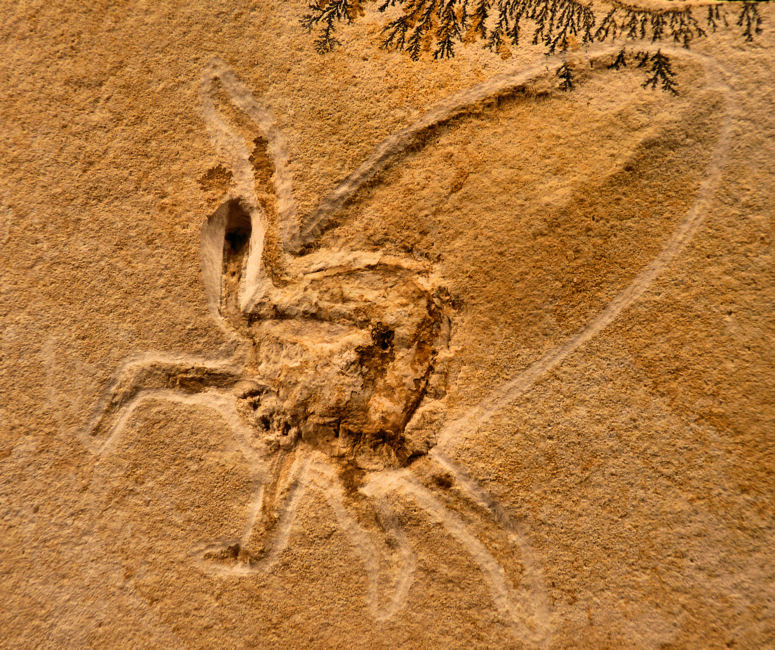
Waterscorpions are insects, but are not closely related to true scorpions. Point Value: 2 Ptero Tidbit: The earliest known pterosaurs were roughly the size of a seagull.